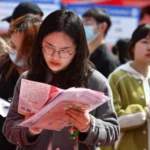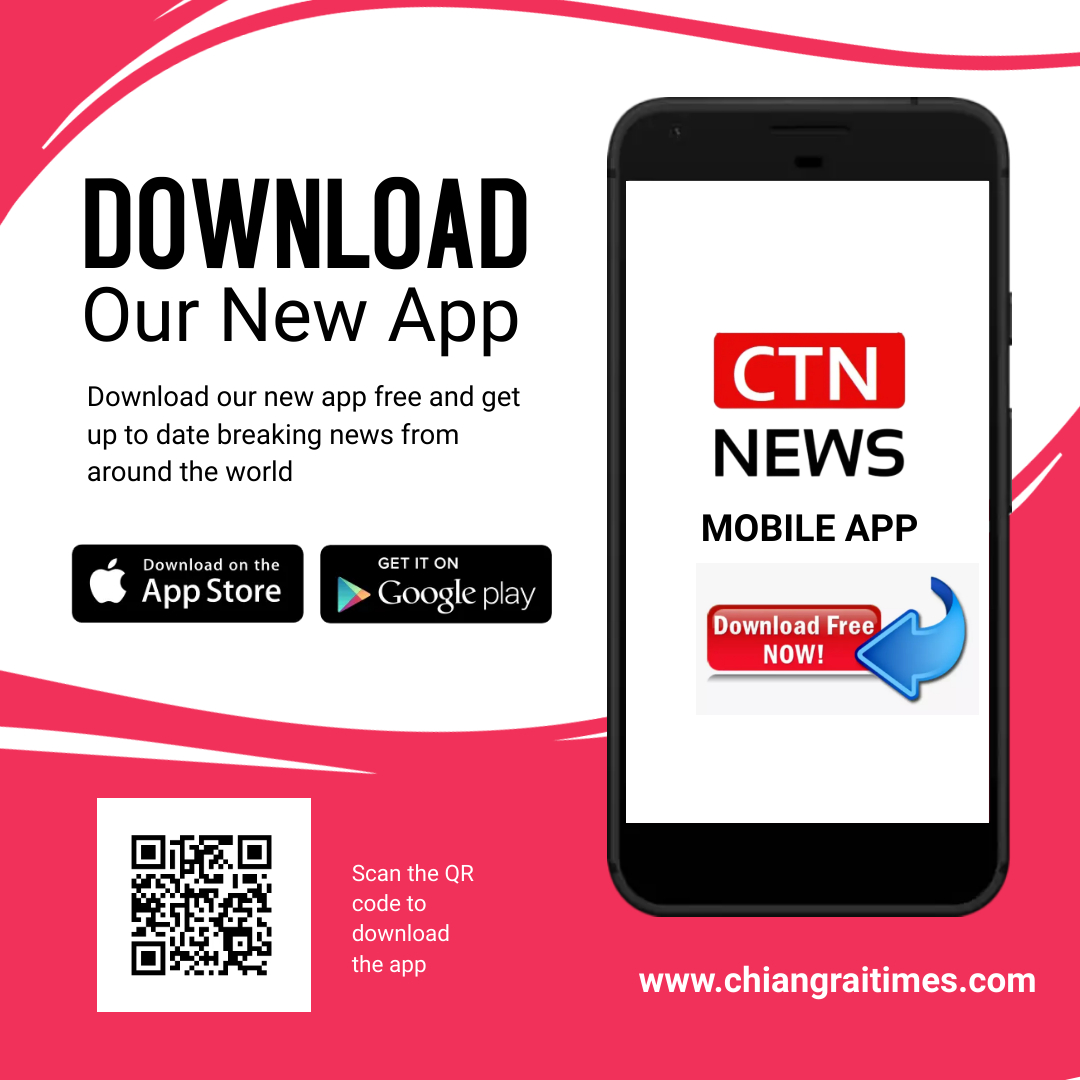The Bank of Thailand (BOT) plans to lower its main interest rate by 0.25 percentage points, moving it from 2.00% to 1.75% on April 30th, 2025. This expected move, reported by a Reuters survey of economists, comes as Thailand’s economy slows under the weight of global trade uncertainty, especially due to widespread tariffs set by U.S. President Donald Trump.
The BOT hopes the rate cut will help support growth as the country faces both its long-term problems and outside challenges from shifting trade policies.
Thailand’s Economic Headwinds
Thailand has struggled to keep its economy growing, with forecasts dropping because of both deep-rooted issues and shocks from abroad. The economy relies heavily on exports and tourism, but it has been hit by lower global demand, supply chain hiccups, and a slow recovery from the pandemic. Experts point out that problems like an ageing population, slow gains in worker output, and weak investment in new ideas hold back growth. As a result, Thailand is expected to lag behind most of its neighbours in 2025.
The BOT’s latest planned rate cut follows a previous reduction in February 2025, when the policy committee lowered rates from 2.25% to 2.00%. That move came after more signs that the economy was losing steam, with leaders saying easier monetary policy was needed to help businesses and households. But with rates already among the lowest in Asia, BOT has little room left to cut further, and many analysts caution that these moves won’t fix the core problems.
Every economist surveyed in the Reuters poll agreed that U.S. tariffs have hurt Thai business confidence. Both local and international companies are holding back on long-term investments due to the uncertain global trade outlook. Thailand, which has benefited as companies move some manufacturing out of China, now faces new threats as trade disputes push up costs and disrupt supply chains.
Trump Tariffs’ Ripple Effects
President Trump’s renewed push for higher tariffs has shaken global markets, and Thailand is feeling the impact. The U.S. now has a 10% baseline tariff on all imports, with even higher charges on certain products like steel, aluminium, and goods from China. Since the U.S. is a key buyer of Thai goods, such as electronics, car parts, and farm products, these tariffs put direct pressure on Thai exports.
The International Monetary Fund cut its global growth outlook for 2025 to 2.8%, pointing to the risk of a wider trade war after Trump’s tariff moves. For Thailand, this means even tougher times. Higher export costs and weaker competitiveness add to the strain. Uncertainty about U.S. trade rules has also created swings in financial markets, with global stocks dropping and investors pulling back.
Erica Tay, who leads macro research at Maybank, noted that the changing U.S. trade stance could cause companies to pause investments in Thailand. The risk of a worldwide slowdown is real, with Asia’s export-driven economies like Thailand, South Korea, and Japan especially exposed.
How the Bank of Thailand Rate Cut Fits In
The BOT’s interest rate cut is meant to help soften the blow from these outside shocks. By making loans cheaper, the central bank hopes people and companies will spend and invest more. This could give a short-term lift, especially to small and medium firms facing higher costs and weaker demand.
Still, it’s not clear how much good the rate cut can do. Inflation is still a worry around the world because tariffs have pushed up prices. The BOT must weigh the need to boost the economy against the risk of higher inflation. According to the Reuters poll, most expect the interest rate to stay at 1.75% for the rest of 2025, showing a cautious approach.
Bank leaders have said the government also needs to step in. More public spending on things like infrastructure, tourism, and incentives for overseas investors could help balance out the effects of tariffs and long-term weaknesses. The BOT says that monetary policy by itself can’t tackle all of Thailand’s challenges.
The Global Picture and What’s Next
The BOT’s actions match a wider trend, as central banks around the world lower rates to help offset the damage from U.S. tariffs. The European Central Bank recently dropped its key rate to 2.25%, warning about weaker growth due to trade friction. South Korea’s central bank has also talked about cutting rates for the same reason. These moves show how widespread the impact of U.S. trade policy has become.
Looking forward, Thailand faces an uncertain road. The U.S. sends mixed signals about future tariffs and keeps negotiating with countries like Japan, India, and South Korea. This keeps Thai exporters guessing about what comes next. Even if talks between the U.S. and China calm things down, the 10% baseline tariff stays in place and remains a big obstacle.
In summary, the Bank of Thailand’s interest rate cut set for April 30, 2025, is a key move to give the economy a boost amid both local troubles and global trade shocks. While it may bring some short-term relief, deeper issues like Trump’s tariffs and long-standing weaknesses mean Thailand will need a mix of policies to get back on track. With global uncertainty still high, the country must find new ways to keep its economy stable and growing.
Related News:
Thailand Tourism Authorities Set Ambitious Revenue Growth Target for 2025

Geoff Thomas is an award winning journalist known for his sharp insights and no-nonsense reporting style. Over the years he has worked for Reuters and the Canadian Press covering everything from political scandals to human interest stories. He brings a clear and direct approach to his work.












